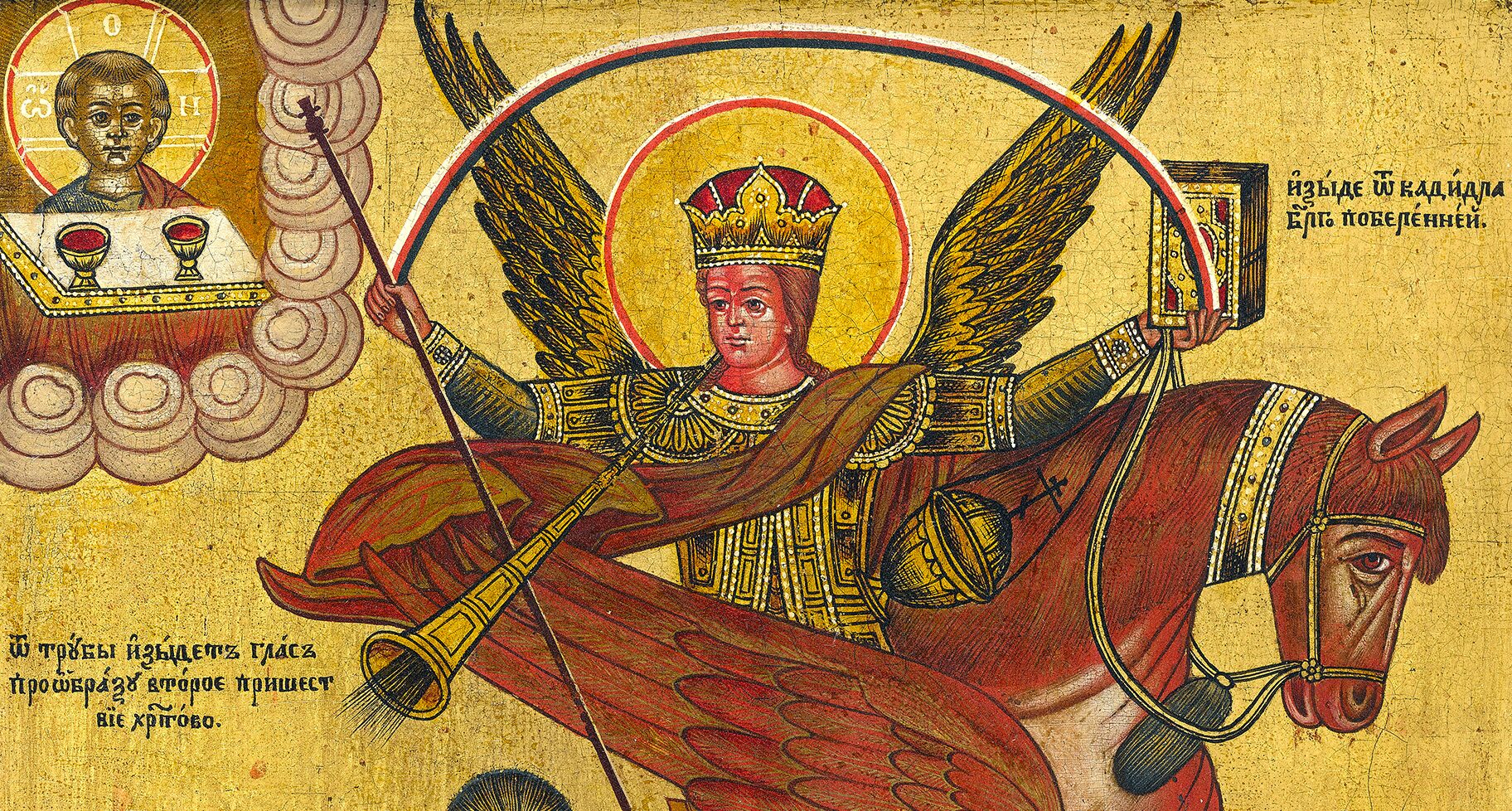The Eleventh Arcanum, known as Strength, is a vision of the soul in its secret labour. Often crowned with the lemniscate, a woman leans toward the open jaws of a lion. Her hand rests upon the beast, but the beast submits without chains. This image speaks of the mastery over the logismoi; the wandering thoughts and passions that, left untended, devour the clarity of the nous. The lion is ancient in symbol; from the tribes of Judah to the gates of Babylon, it has stood for courage, kingship, and untamed power. However, the lion of the Arcanum is a symbol of the dominion of the inner citadel, where the impulses of the flesh meet the discernment of the Spirit.
In this aspect, Strength belongs to those who have entered into the work of transmutation. The force it displays is libidinal, bound to the deep currents of desire that can raise or ruin the soul. It is not repression that the Arcanum teaches, for repression drives the lion to madness; it is the slow conversion of heat into Light, where the same flame that burns in the loins becomes the lamp of the sanctuary. The crowned figure, serene yet resolute, embodies the bridal aspect of the soul; she governs by intimacy with the very thing she commands. This is a Marian quality; the strength of the Mother who crushes the serpent through the silent endurance of the Immaculate Heart.
I. The Cave of Saint Anthony
The Desert Fathers knew the lion well, although in their visions it came in the form of demons. Among them, Saint Anthony’s struggle in the cave remains an example of the Strength Arcanum. In the solitude of the Egyptian desert, Anthony faced the logismoi: gluttony, lust, anger, pride, and the rest of the eightfold brood catalogued by Evagrius. These presences pressed upon his flesh, whispered into his mind, and sought to unseat his prayer. In his trial, the combat was so fierce that the cave became a battlefield, echoing with the cries of beasts and the roars of invisible adversaries.
What Saint Anthony enacted in the darkness is mirrored in the image of the woman and the lion. The Desert Father did not slay the lion; he remained in the cave until its rage dissolved into silence. The lion in this sense is the sum of the inner drives; they are converted into the strength that upholds the soul in God. The saint’s mastery was the fruit of steadfast dwelling within the contest until the animal became a guardian instead of a devourer. In the same way, the Arcanum of Strength has as its prime weapon the calm hand upon the mane. This is the very image of transmutation: remaining within the fire until it becomes Light.
II. The Discipline of Chivalry
In the later centuries, this same mystery found its emblem in the rites of chivalry. The knight, before taking arms, underwent a vigil; he prayed in silence, often fasting, cleansing his body, and confessing his sins. He was not sent to battle without first having mastered the lion within. The horse, like the lion, represented power under command; to ride well was to rule the animal with firm gentleness, never breaking its spirit yet never surrendering the reins. The knight’s service was bound to an ideal of purity; without it, the sword was a tool of banditry, not of justice.
The lion reappeared in heraldry as a sign of noble courage, but the true nobility lay in self-mastery. The chivalric code demanded loyalty to the Lady, whose image often concealed the figure of the Virgin. In the same way, the crowned woman of the Arcanum embodies the earthly beloved and the heavenly archetype. To be Her knight was to keep the inner fire chaste, transforming desire into the service of truth. The courtly love of the troubadours, although clothed in earthly language, frequently veiled this higher aim: to refine the passions until they could bear the presence of the Divine. In this lies the deep kinship between the cloister of the desert and the tourney-field; both are arenas where the lion is faced and won.
Coda – A Brief Meditation
Strength is the patient marriage of courage and gentleness. The lion within learns to lie beside the altar. The woman is its Queen and, in serving her, it discovers its own royal nature. Those who meditate upon this Arcanum may take comfort in the psalmist’s cry: “The Lord is my light and my salvation; whom shall I fear?” (Psalm 27). For in the sanctuary of the heart, the lion’s roar becomes the song of praise.
Fiat Lux.
